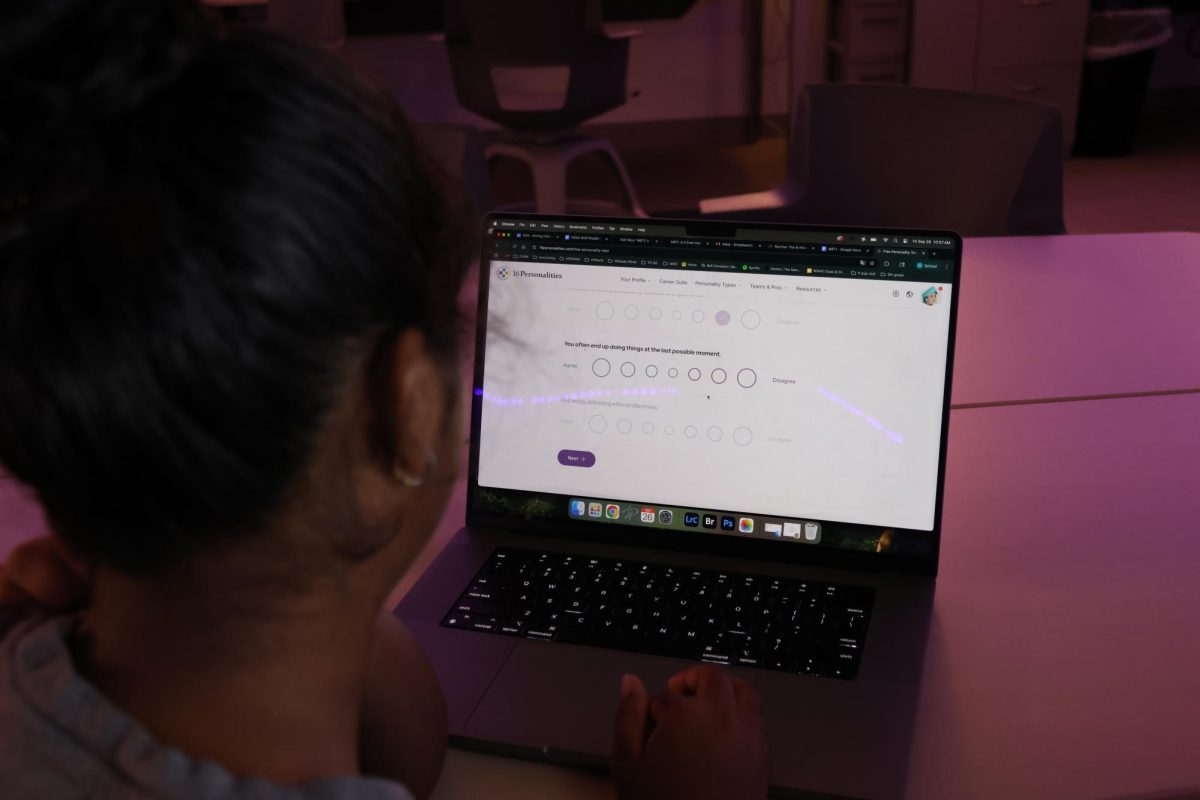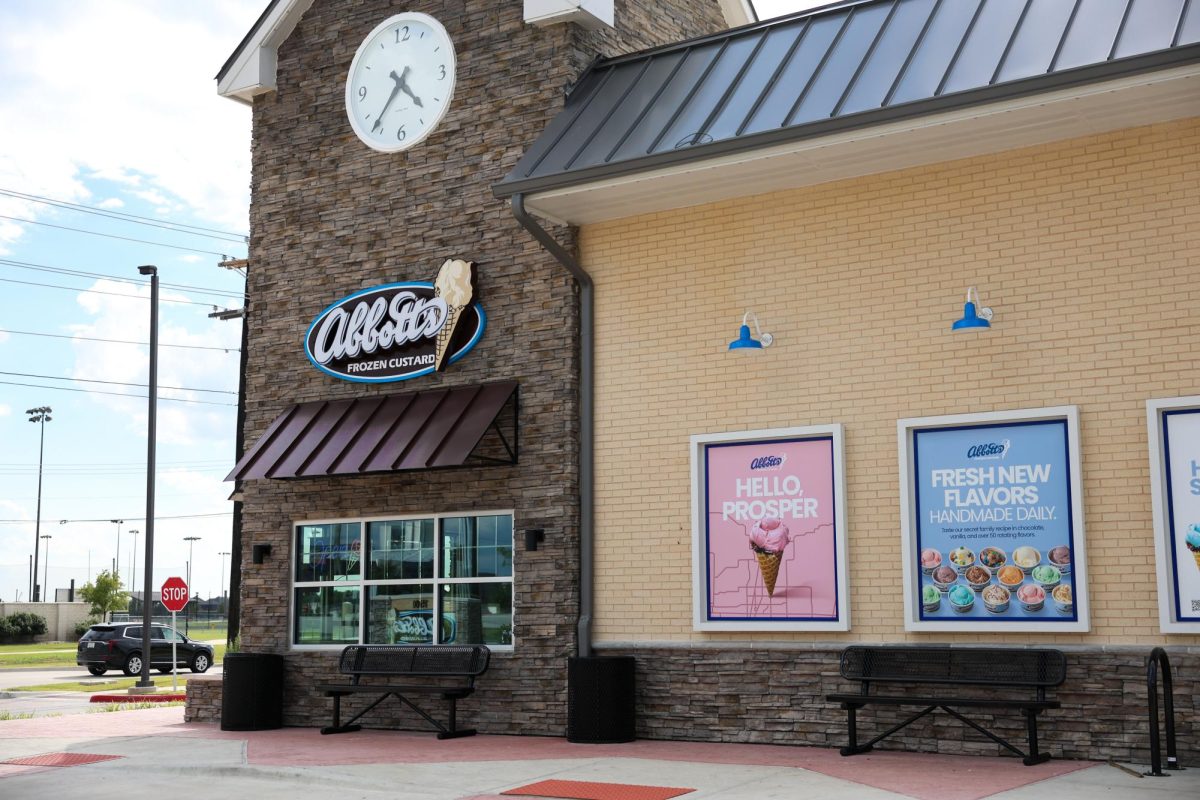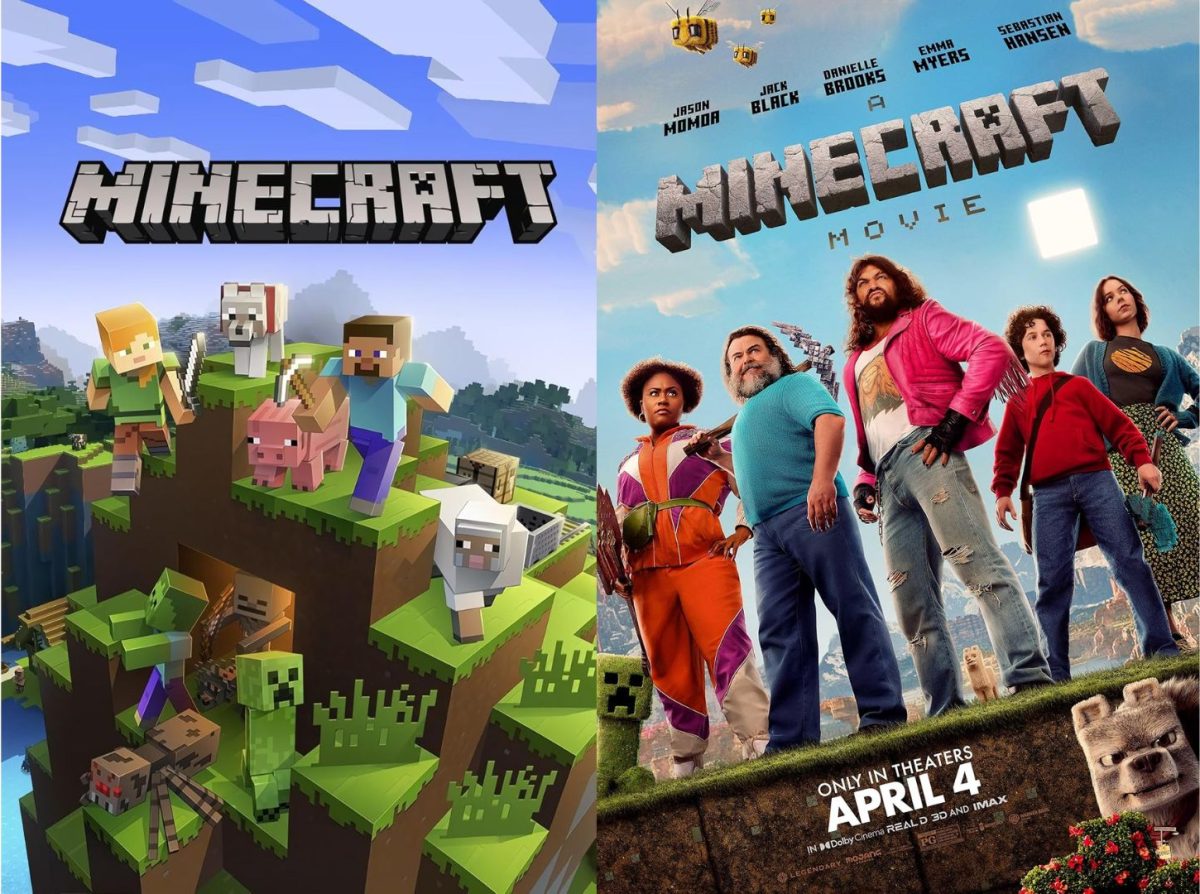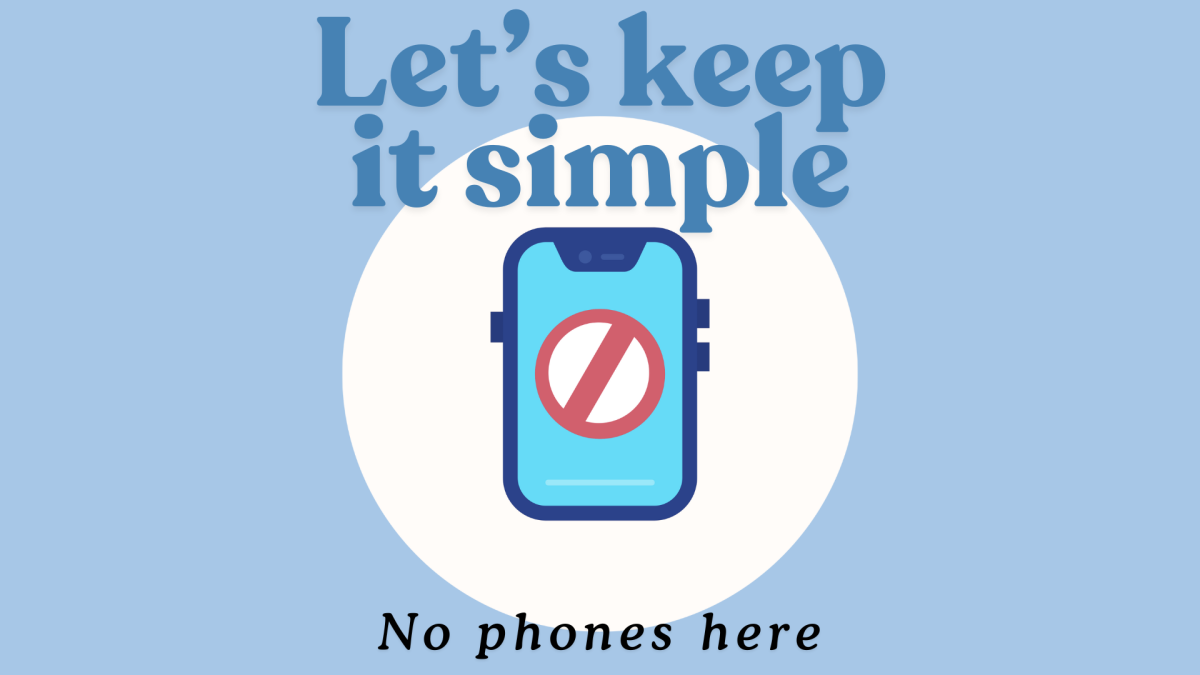Trends always grow, change, and decline, but this trend has left an interesting mark on the online world. Blowing up all social media platforms, the term “Sephora Ten-Year-Old” has been coined. This term refers to kids of middle school age and younger who go into popular franchise stores, like Sephora and buy expensive products that trend online. These “Sephora-Ten Year Olds” are not all kids, however, but it seems to appear more. But there are other reasons why this has gained the media’s attention the way it has. These kids ruin test products, yell at the workers, and freak out in stores. They also video themselves doing “review hauls” with expensive, unneeded products from beauty stores. I believe that there is a bigger reason for this behavior.I believe it is the use and access of social media for these young kids that is causing it.
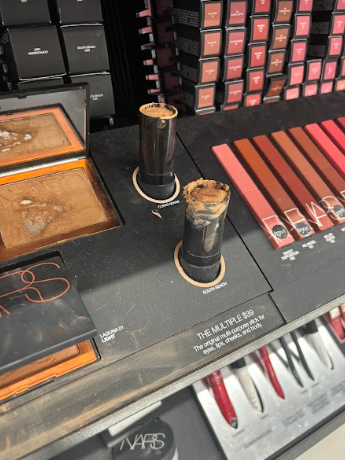
Social media can be a good tool for access to information and stay updated on worldwide and local events. However, the increasing media presence in young kids’ lives is a cause for concern. There is a significant increase in kids getting phones early in their lives. Forbes Magazine states, “Recent survey data suggests 42% of U.S. kids have a phone by age 10. By age 14, smartphone ownership climbs to 91%” (Forbes.com). Having access to a smart phone at such a young age brings kids closer to social media platforms: “Social media is also popular with kids, with 11 percent getting their first account when they were younger than ten while 39 percent did so between the ages of 10 and 12” (Forbes.com.).
One reason why this situation is a cause for concern is because it causes a significant increase in youth depression and anxiety. Seeing multiple people’s ‘best days’ all at once can cause a kid to feel down about their personal life. Photos are edited to make them look “real”, and many unattainable trends create unrealistic standards for these kids who have not even made it to their teenage years. Social media also stops kids from spending time on activities that make them feel good and boost mental health, like going outside and doing creative hobbies. (Child Mind. org)
There is also evidence that kids are starting to decrease in imaginative capability. Now, imagination is not something one can lose, but rather, needs to be grown and nurtured. Social media platforms provide a wealth of knowledge. Still, they also provide many pre-created ideas and lack face-to-face interaction, where connection and imagination are fostered. Due to having all sorts of ideas and already created products ready to go, the ability to think outside the box and come up with unique ideas is starting to shrink. (Varthana.com)
“The Sephora Ten-Year-Old” is a prime example of how social media has influenced the younger generations like Gen Alpha. Due to popular trends, kids want to buy products they have seen on TikTok or Instagram. But these kids are in no way mature yet. They also do not have a lot of social awareness, so they cause many problems in stores. These kids want to follow the latest trends, but these trends are not made for them. They are made for adults and the older generations. So, these kids compare themselves to the standards of the age at which they have not yet reached the proper age. So, I believe social media needs to be monitored in these kids’ home lives. In addition, schools and programs need to have time away from screens to foster creative thinking.
Middle school-aged kids and younger need to have less access to social media platforms so the risk of decreasing mental health can stop. Kids can be kids again, and imagination and creativity can grow again.




